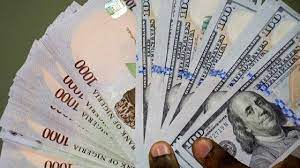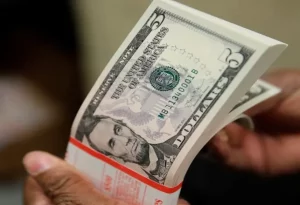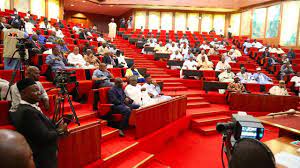
The exchange rate between the naira and dollar fell to N1,419/$1 in the NAFEM, where the exchange rate trades officially, starting the week on a sour note.
This marks the first time the exchange rate has weakened beyond N1,400/$1 and is the worst rate since March 22nd this year, when the exchange rate closed at N1,431/$1 on the official market.
This also represents the 8th consecutive weakening of the exchange rate since it last appreciated to as high as N1,072/$, as Nigerians celebrated the apex bank’s forex policies.
On the parallel market, where the exchange rate trades unofficially, quotes ranging between N1,350-N1,380/$1, slightly stronger than in the official market.
According to data from the FMDQ, the exchange rate closed at N1,419/$1 compared to N1,339.23/$1 on Friday.
The intra-day high and low recorded during the day also weakened to N1,450 and N1,160 respectively.
Total forex turnover recorded during the day was also lower at $147.83 million, a sharp fall from the $309 million recorded on Friday.
Total forex turnover recorded in the month of April is now $3.2 billion, with just one day left to end the month.
This compares to $5 billion recorded in March, suggesting the official market has recorded a much lower forex turnover in April compared to March this year.
The external reserve also continued its gradual rise and is now $32.13 billion, marginally higher than the $32.109 billion reported last week.
Why the depreciation?The recent fall in the exchange rate can be attributed to a combination of rising demand for dollars, a stronger U.S. dollar, and higher inflation rates.
Additionally, a noticeable drop in forex turnover has also been a contributing factor.
According to Cardoso, the volatility in the exchange rates is expected to persist due to the activities of market forces.





